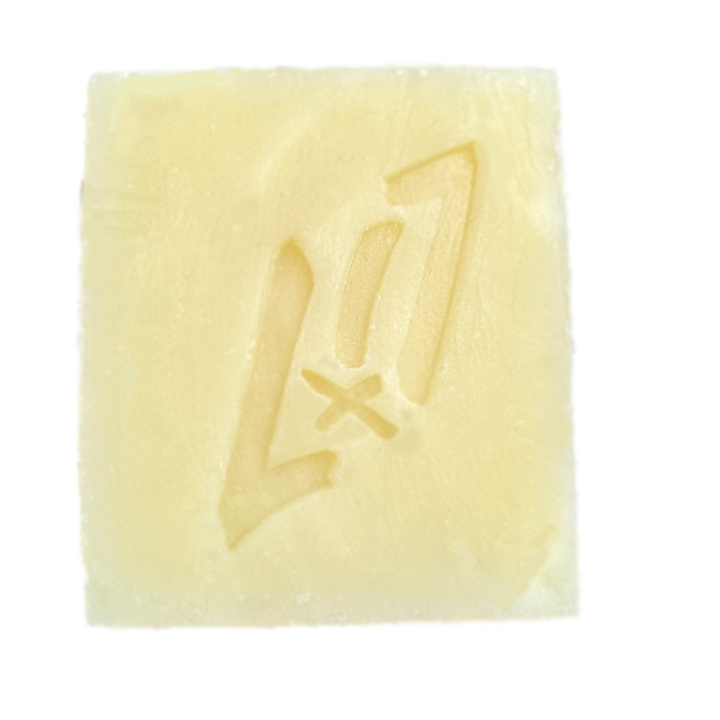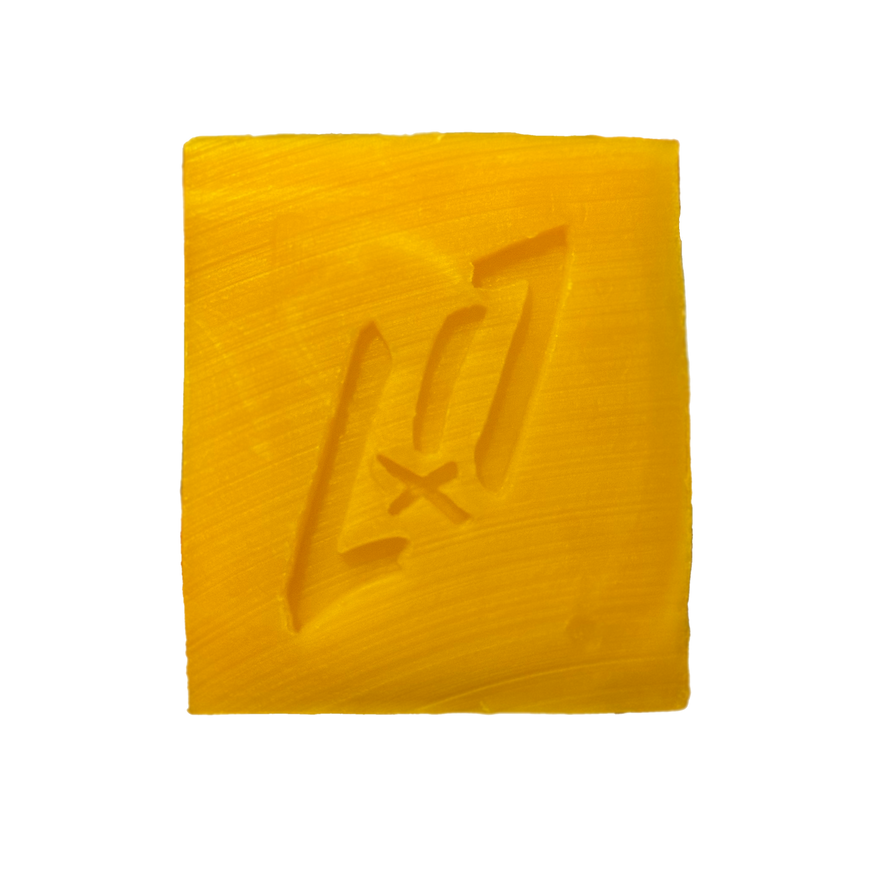

Peeling is Normal. Picking is Not. What to do When Your Tattoo Enters Phase 2.
The hardest part is over: you sat for the ink. Now comes the most critical step that determines your final result: the first wash. Most clients mess this up by using the wrong soap or, worse, being too timid.
Your new tattoo is healing. It's shedding plasma, ink residue, and a whole lot of stress. You need to cleanse it gently but decisively to create the ideal recovery zone. We cut the confusion. This is the precise, non-negotiable washing routine that pros use for Tattoo Care with Impact.
The Science of the Shed: Why Peeling Happens
Around day 4 or 5, your beautiful new tattoo starts to resemble dry, flaky construction paper. This is Phase 2 of healing, and it can be a mental battle.
Your tattoo is a shallow wound. During the first few days, your body rushed plasma and immune cells to the area. Once the surface is sealed, the damaged top layer (epidermis) begins to die and flake off.
-
It Looks Like Flakes of Color: That’s normal. It’s not your ink falling out; it’s dead skin cells containing superficial pigment and residual ink that the deeper dermis rejected.
-
The Golden Rule: The shed skin must fall off naturally. Force it, and you create a raw patch that's vulnerable to infection and, worse, a permanent gap in your line work.
-
Dryness Intensifies the Itch: Keeping the area gently cleansed and lightly moisturized is key to managing the uncomfortable tightness and flaking.
Specialist Care for Phase 2: Gentle Cleansing is Still Key
Just because the tattoo is peeling doesn't mean you switch to generic soap. During this flaky, itchy stage, the underlying skin is still extremely sensitive and prone to irritation.
Continue using the specialist formula: Day 1 Bar (Calm + Cleanse).
The Day 1 Bar (Calm + Cleanse) delivers Tattoo Care with Impact by ensuring a gentle, Sea Buckthorn Oil-infused cleanse that removes loose flakes without stripping the skin's moisture barrier.
-
Gentle Removal: When washing, the light lather helps gently lift the loose flakes that are ready to come off, without requiring you to scrub or pick.
-
Calm the Chaos: Its 100% Fragrance-Free, calming formula minimizes the redness and chemical irritation that can worsen the peeling and itching cycle.
Three Rules to Survive the Peel
Stick to these simple rules to ensure your piece heals flawlessly:
-
NO PICKING. EVER. If a flake isn't ready to fall off during a gentle wash, leave it alone. Let the shower water and the soap naturally encourage the shed.
-
Wash it Gently (Still): Continue washing 1-2 times daily with the Day 1 Bar. Use only your clean fingertips and light pressure.
-
Moisturize Lightly: Use a thin, non-comedogenic layer of moisturizer after washing. This reduces the look of dry, tight flakes, which naturally reduces the urge to pick.
What's Next? Graduation to Daily Care
Once all the flakes are completely gone, and the surface skin is smooth, your tattoo is officially healed enough to transition to daily maintenance.
You are now ready for the Any Day Bar (Balance + Restore) or the Any Day Bar (Nourish + Soothe), designed to keep your ink vibrant and hydrated for life.
❓ Tattoo Care with Impact FAQ
Q1: What should I do if my new tattoo is peeling and very itchy?
A: Resist the urge to scratch or pick. Use the Day 1 Bar for a gentle wash and pat dry. Apply a thin layer of recommended moisturizer. The intense itch is temporary and is a sign of normal healing.
Q2: Is it bad if I see color in the tattoo flakes?
A: No, this is normal and not a sign that your tattoo is "falling out." It is excess ink residue and pigment caught in the dead skin cells. As long as you let the flakes shed naturally, your underlying color is safe.
Q3: When should I stop using the Day 1 Bar?
A: Continue using the Day 1 Bar (Calm + Cleanse) until the tattoo is fully past the peeling and flaking stage, and the surface skin is smooth. Then switch to your preferred Any Day Bar for daily maintenance.
Ready to Deliver Tattoo Care with Impact?
GRAB THE DAY 1 BAR: Get the Specialist Aftercare for Your Critical Healing Phases.
Share:


